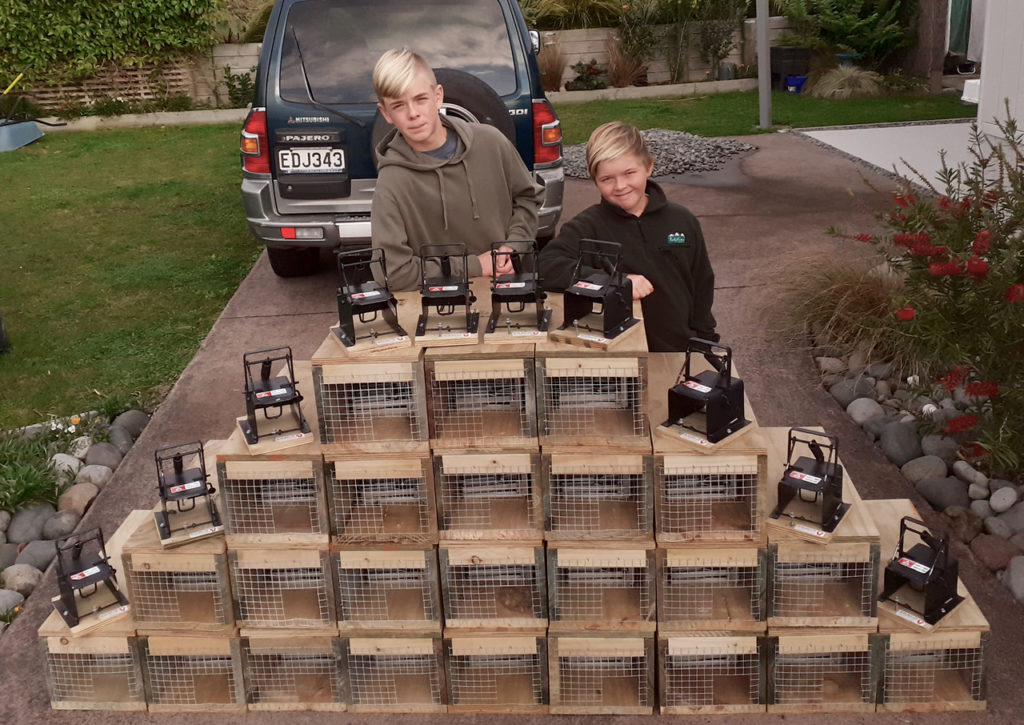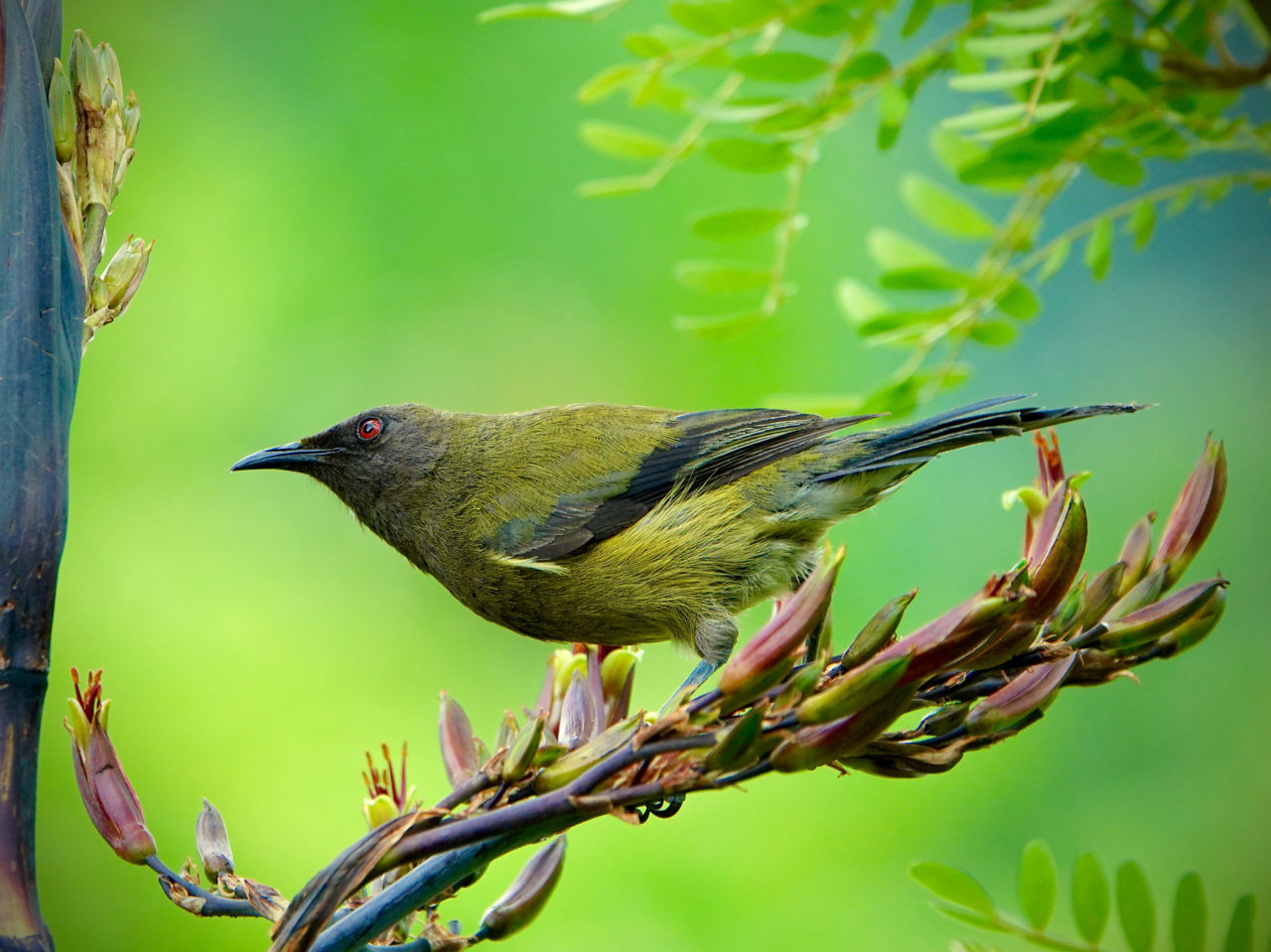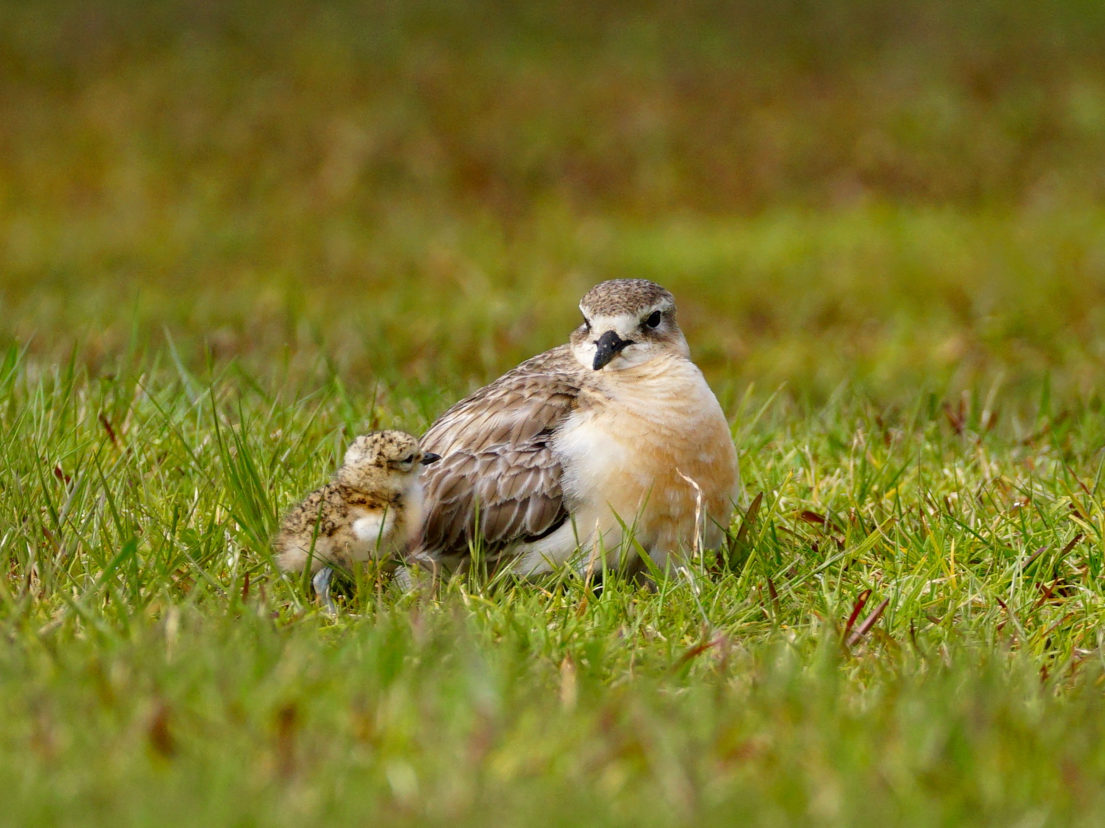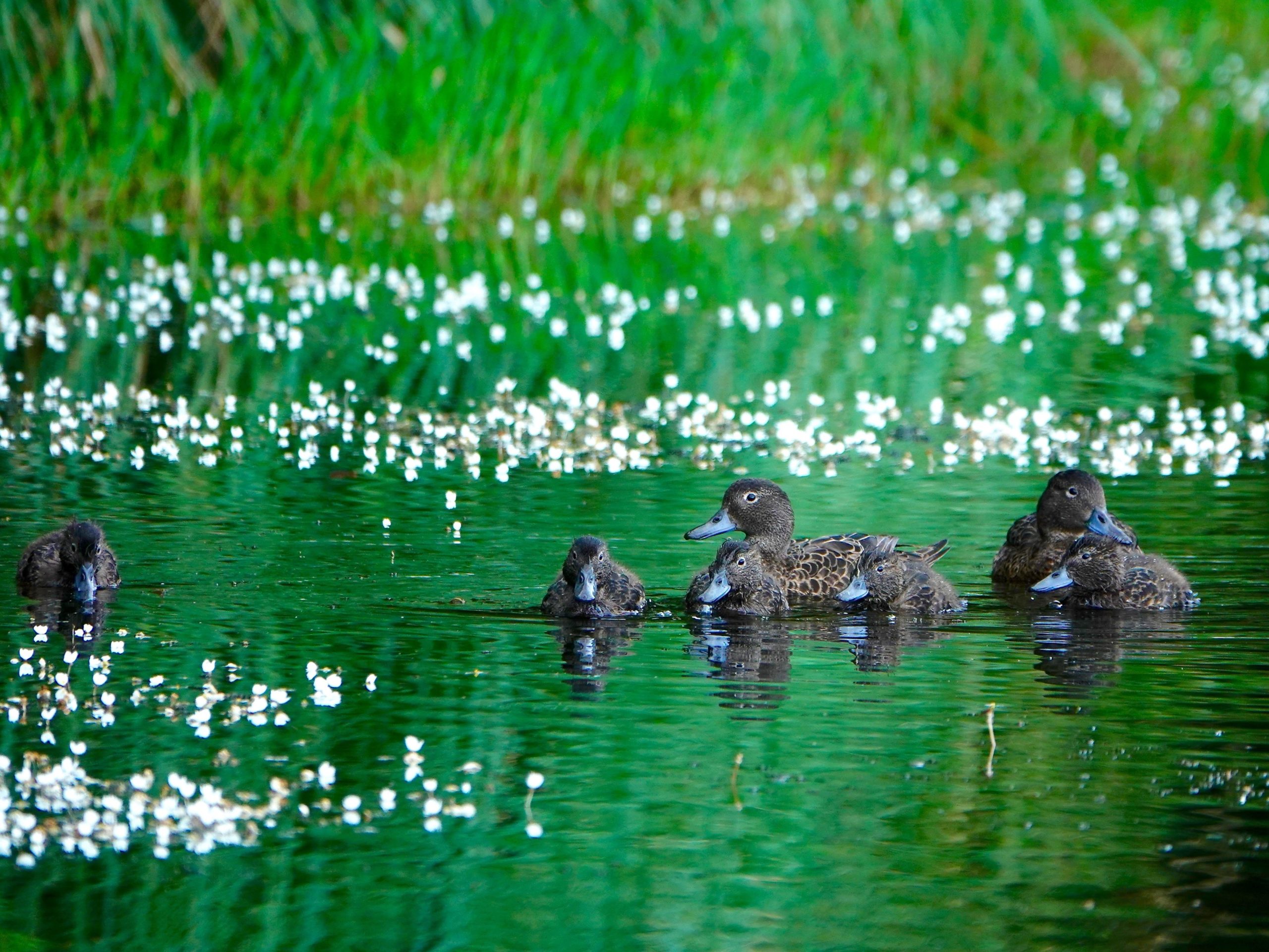What started as a way to get out of the house during lockdown quickly turned into an innovative trapping venture. Now, thanks to one Coromandel man’s clever and out of the box methods, residents are seeing some of Aotearoa New Zealand’s rarest birds wading through their backyards.

Creative catches
When it comes to trapping, it pays to get a little creative. That’s the motto of Coromandel trapper Philip (Phil) Wilson. What works in one place or for one introduced predator doesn’t necessarily work everywhere.

“Knowledge comes from experience. At the start we were trying everything, it was very much trial and error,” he says.
Phil is part of the closely knit community in Pauanui, at the mouth of the Tairua River on the Coromandel Peninsula. He’s part of a team keeping predators out of their local wetland and adjacent Tairua Forest.
He and his sons started trapping two years ago as something to do during the Covid-19 lockdown. Since then, they’ve caught some 4,000 introduced predators, ranging from massive possums and elusive stoats and ferrets, through to rats, mice, hedgehogs and the occasional feral cat.
Phil says he learned a lot of what he knows from his mentor, Tim Ferguson, or “Firestarter” as Phil calls him. Tim got the trapping programme up and running in the area back in 2004.
“He carried that flag on his own until the Wilson family moved in,” says Phil.
Using Tim’s knowledge as a foundation, Phil set out to figure out the best trapping techniques any way he could – talking to other trappers, watching YouTube videos, reading – and was open to adopting whatever worked well.
A well-stocked stoat-catching pantry
His tools of the trade sound more like the contents of a well-stocked pantry than a conservation toolkit: peanut butter, vanilla, yolkless eggs and beef fat (sourced from his local butcher, frozen and cut up into little blocks that last Phil around a month).
Beef fat and peanut butter are particular favourite foods of the local pests and do well to attract them to the trap boxes.
But these forest diners are only after the freshest fare.
“The fresher the bait, the more introduced predators you get,” Phil says. That’s why he carefully removes the yolk and whites from eggs before placing them in traps, to make it last longer. The egg acts as a visual lure, while also keeping some of its scent, without going off.
“If you have a rotten egg in a trap, the introduced predators won’t go near it.”
Beef fat too is good at going the distance.
But it’s not just about what Phil uses, it’s about how he uses it. A big part of maintaining freshness is checking traps daily or every second day and thoroughly cleaning them out before resetting them.
Got a particularly smelly trap? Spritz a little vanilla in there, recommends Phil. “I don’t like dirty traps, I’m not a big fan. So if you’ve got a rotten rat and you’ve cleaned the trap out, spray vanilla in there to clear the smell.”
He uses a repurposed asthma inhaler from his son to leave the trap smelling tasty, ready for its next resident.
The evidence locker
Part of how Phil perfected his techniques over the last few years is by meticulously recording every catch – what trap it was caught in, where and using what bait.
He takes a photo and records the details of the catch on Trap.nz, an online tool for recording trap, bait, monitoring and biodiversity data. “We evidence every catch from a mouse to a possum.”

The tool lets him see what’s been successful in the past so he can adjust his approach. For example, it’s helped him perfect where he places his traps.
Some of his most successful traps have been in locations the seasoned trapper wouldn’t expect. “This one trap is on a location on the road where you’d never think you’d catch anything – but it’s caught every major pest species,” says Phil.
He’s even figured out which traps to place close to one another. Phil says that once some of the bigger predators start getting cleared out of an area, mice often move in. So he places a couple of smaller mice traps near his bigger possum traps.
His detailed trapping record also comes in handy when applying for funding for his projects, or tackling sceptics.
“Someone might say, ‘You caught five stoats today? But I know they’re incredibly hard to catch! Where’s the evidence?’
“We have the evidence.”
One good bittern deserves another
Perhaps the best evidence of the success of Phil’s efforts is in the wildlife that’s come flocking back to the area.
New Zealand dotterels are now regular nesters in the local wetlands and the trees are alive with bellbird song. Pauanui is also home to enchanting:
A local favourite is the Australasian bittern, which now visit on a regular basis. Phil suspects that some may have nested in the area this year because they saw a juvenile out and about.
A highlight for Phil though was when a family of banded rails wandered through his backyard – a mum with four chicks.
“That’s never happened before and it was so cool to see the whole family in the back garden,” he recalls.
Ground, air and water
Catching predators is only part of the equation though, says Phil. He works closely with local resident Clare Holt to plant native trees too.
They’ve planted between 200 and 300 trees so far and some of their (and the birds’!) favourites are:
- Kōwhai
- Pōhutukawa
- Native flaxes
- Cabbage trees
While trees fill the air, Phil and resident Sharon Stannard are working on a plan to keep their local waterways clean too. They’re currently developing a long-term conservation strategy that the Pauanui Residents’ Association can use in years to come.
“We have a plan and a way forward. We’re not just trapping but we’re providing areas where the wildlife can come back,” says Phil.
A group effort

Although it’s Phil’s name on the company registration, he says he couldn’t do what he does alone.
His family is a massive part of the operation. His sons, Levi, Matthew and Daniel have all put in hundreds of hours going out to check traps, clean them and re-bait them.
His wife, Noleen, was his biggest support when the trapping efforts first got underway. For the first year, Phil was involved in trapping, everything was entirely voluntary. Noleen diligently kept track of the family’s finances to make their one income go further. She’s now sole-charge of the paperwork side of the trapping business.
After the trapping project had proved itself as worthwhile in that initial year, local businesses jumped on board to help fund it. The three businesses (New Zealand Home Loans Pukekohe, Vertical Logistics and Harcourts Pauanui) are still avid supporters.
The Pauanui Lakes Resort Residents’ Association pitch in too, funding trapping efforts in the residential area.
Phil also credits local resident David Snell, who helps secure grants to keep the operation going, helped with a fundraising concert when the project was in the volunteer stage as well as being a go-to for general advice.
The funding from grants, associations and local business mean that Phil is one of the lucky trappers for whom money isn’t really a concern at the moment.
Of course, he has big ambitions to expand his work and would love help from plant nurseries who are willing to donate native trees for planting or mechanics who could service the work vehicles that “take a lot of battering up in the forest”.

